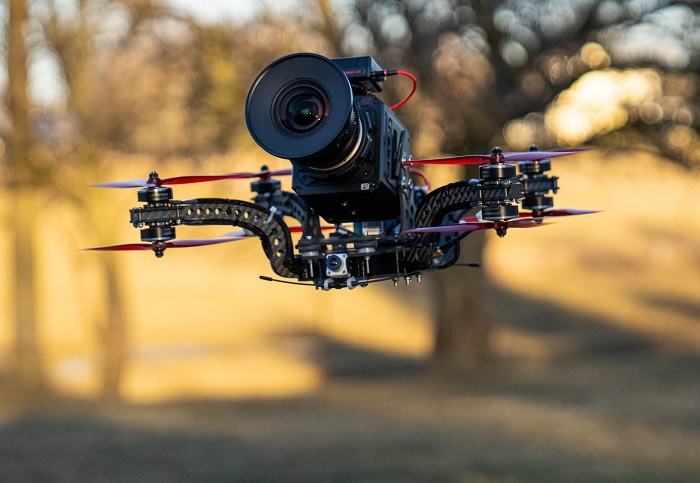In the ever-evolving world of FPV (First Person View) quadcopter flying, enthusiasts are continually seeking ways to improve their control and overall flying experience. One such method that has gained popularity is the use of booster antennas.
A booster antenna can have a significant impact on FPV (First Person View) quadcopter control by enhancing the signal strength and range of communication between the transmitter (controller) and the receiver (quadcopter). Here’s how it affects FPV quadcopter control:
FPV Quadcopter Control
Before we dive into the role of booster antennas, it’s essential to have a clear understanding of FPV quadcopter control. FPV flying involves piloting a quadcopter using a live video feed transmitted from an onboard camera to a pair of goggles worn by the operator. Precise control of the quadcopter is crucial to ensure smooth flights and capture breathtaking aerial footage.
Antennas are a fundamental component of FPV quadcopter control systems. They are responsible for transmitting signals between the remote controller and the quadcopter itself. A strong and stable signal is essential for real-time control and video transmission.
Booster antennas, also known as signal amplifiers or signal boosters, are aftermarket accessories designed to enhance the performance of the standard antennas
Avenger booster 2.4g/5.8g antenna can have a significant impact on FPV (First Person View) quadcopter control by enhancing the signal strength and range of communication between the transmitter (controller) and the receiver (quadcopter). Here’s how it affects FPV quadcopter control:
- Increased Range: One of the primary benefits of using a booster antenna is that it extends the range of your remote control signal. This means you can fly your quadcopter further away from you without losing control. This increased range can be especially useful when you want to explore larger areas or fly in environments with obstacles that might block the signal.
- Improved Signal Strength: Booster antennas amplify the signal power, which helps to maintain a strong and stable connection between the transmitter and the quadcopter. This results in reduced signal dropout or interference, allowing for smoother and more precise control over your quadcopter.
- Better Penetration: In scenarios where you fly your FPV quadcopter through obstacles like trees, buildings, or walls, a booster antenna can improve signal penetration. It helps the signal to penetrate through obstacles more effectively, reducing the chances of signal loss due to interference.
- Enhanced Video Transmission: FPV quadcopters often transmit live video feeds to your goggles or screen. A booster antenna can improve the video signal quality, reducing video breakup or distortion, and providing a more immersive and reliable FPV experience.
- Reduced Latency: A stronger and more stable connection with a booster antenna can result in lower control latency. Reduced latency means that your commands reach the quadcopter more quickly, allowing for quicker and more responsive control inputs.
- Safer Flying: With the added range and signal strength, you can fly your quadcopter in environments where you might have been hesitant before. This can enhance safety by providing better control and reducing the risk of losing connection and crashing.
It’s important to note that when using a booster antenna, you should still adhere to local regulations and safety guidelines for drone flying, including maintaining visual line of sight with your quadcopter and avoiding flying in restricted areas.
In summary, a booster antenna can greatly improve FPV quadcopter control by extending the range, enhancing signal strength, and ensuring a more reliable and enjoyable flying experience.













Оставить коммент.